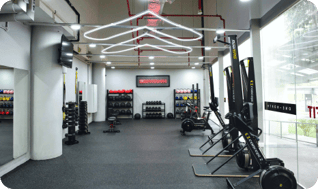
Children's Tip Toe Walking Therapy
Children's Tip Toe Walking Therapy
Take the first step towards better movement and healthy development for your child with our specialised approach to tip toe walking.
What is Children's Tip Toe Walking?
Tip toe walking is a common gait pattern observed in some children where they walk on the balls of their feet without their heels touching the ground. While many toddlers and young children may occasionally tip toe while walking as part of normal development, persistent toe walking beyond the age of three may require further evaluation
At UFIT Podiatry in Singapore, we specialise in evaluating and managing children's tip toe walking, ensuring optimal foot health and development.





Causes of Children's Tip Toe Walking
What is Children's Tip Toe Walking?
Tip toe walking is a common gait pattern observed in some children where they walk on the balls of their feet without their heels touching the ground. While occasional tip toe walking is normal, persistent toe walking beyond a certain age may indicate an underlying issue. At UFIT Podiatry in Singapore, we specialize in evaluating and treating children's tip toe walking, ensuring optimal foot health and development.
Tip toe walking, also known as idiopathic toe walking, occurs when a child consistently walks on their toes instead of adopting a typical heel-to-toe gait pattern. While many toddlers and young children may exhibit tip toe walking as part of normal development, persistent toe walking beyond the age of three may require further evaluation.
Symptoms of Tip Toe Walking
Common symptoms of children's tip toe walking include:Walking on the Balls of the Feet
Your child primarily walks on their toes, with little to no heel contact.
Calf Muscle Tightness or Discomfort
Noticeable stiffness or discomfort in your child's calf muscles.
Trouble Keeping Heels Flat
Your child struggles with standing or walking with their heels flat on the ground.
Shortened Achilles Tendon or Calf Muscles
Reduced ankle flexibility due to shortened calf muscles or Achilles tendon.
Types of Toe Walking Condition
When it comes to persistent tip toeing while walking in children, understanding the specific type can guide the most effective approach.
Developmental Toe Walking (DTW)
Developmental Toe Walking (DTW) refers to toe walking that occurs as a normal part of a child's early motor development. Many toddlers and young children naturally experiment with different gait patterns, including walking on their toes, as they learn to balance and explore their environment.
This is often a temporary phase and typically resolves on its own by the age of three. However, if walking on tip toe persists beyond this age or is accompanied by other concerns, it warrants further evaluation.
Toe Walking Due to Underlying Conditions
Secondary Toe Walking occurs when the toe-walking gait is a symptom or a result of an underlying medical condition. This type of tip toe walking is directly linked to specific neurological, musculoskeletal, or sensory processing issues. Some conditions that can cause toe walking include muscle tightness, Achilles tendon contracture, or cerebral palsy.
Idiopathic Toe Walking (ITW)
Idiopathic Toe Walking (ITW) is diagnosed when a child persistently walks on tip toes without any identifiable medical reason.
This means that a thorough examination has ruled out neurological, orthopaedic, or developmental conditions. While the exact cause remains unknown, ITW is often considered a diagnosis of exclusion. Children with ITW typically have full range of motion in their ankles and feet, but they have developed a habitual toe-walking gait.

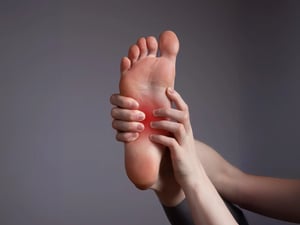
Causes of Children's Tip Toe Walking
Our Approach to Children's Toe Walking
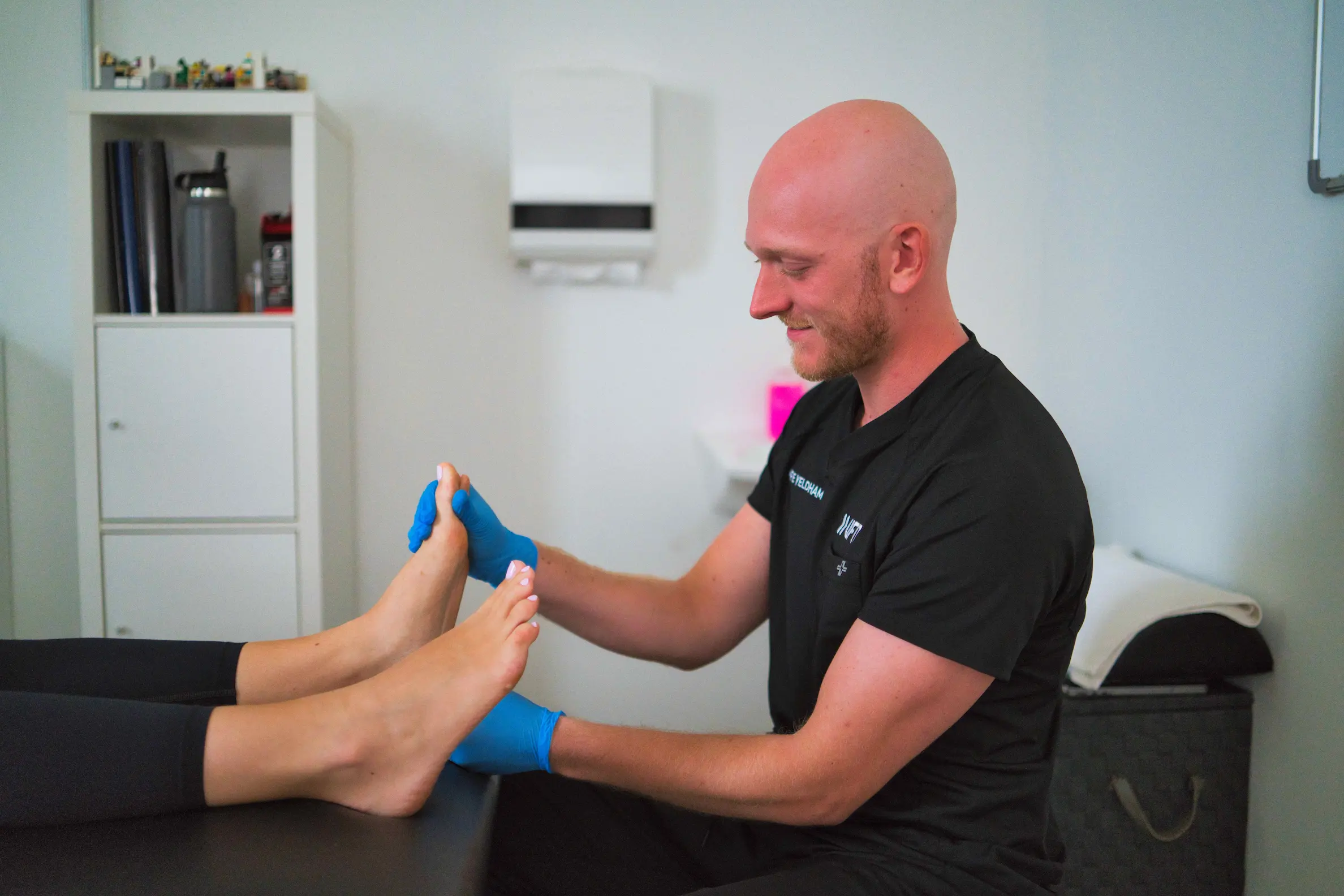
Step 1. Thorough Assessment
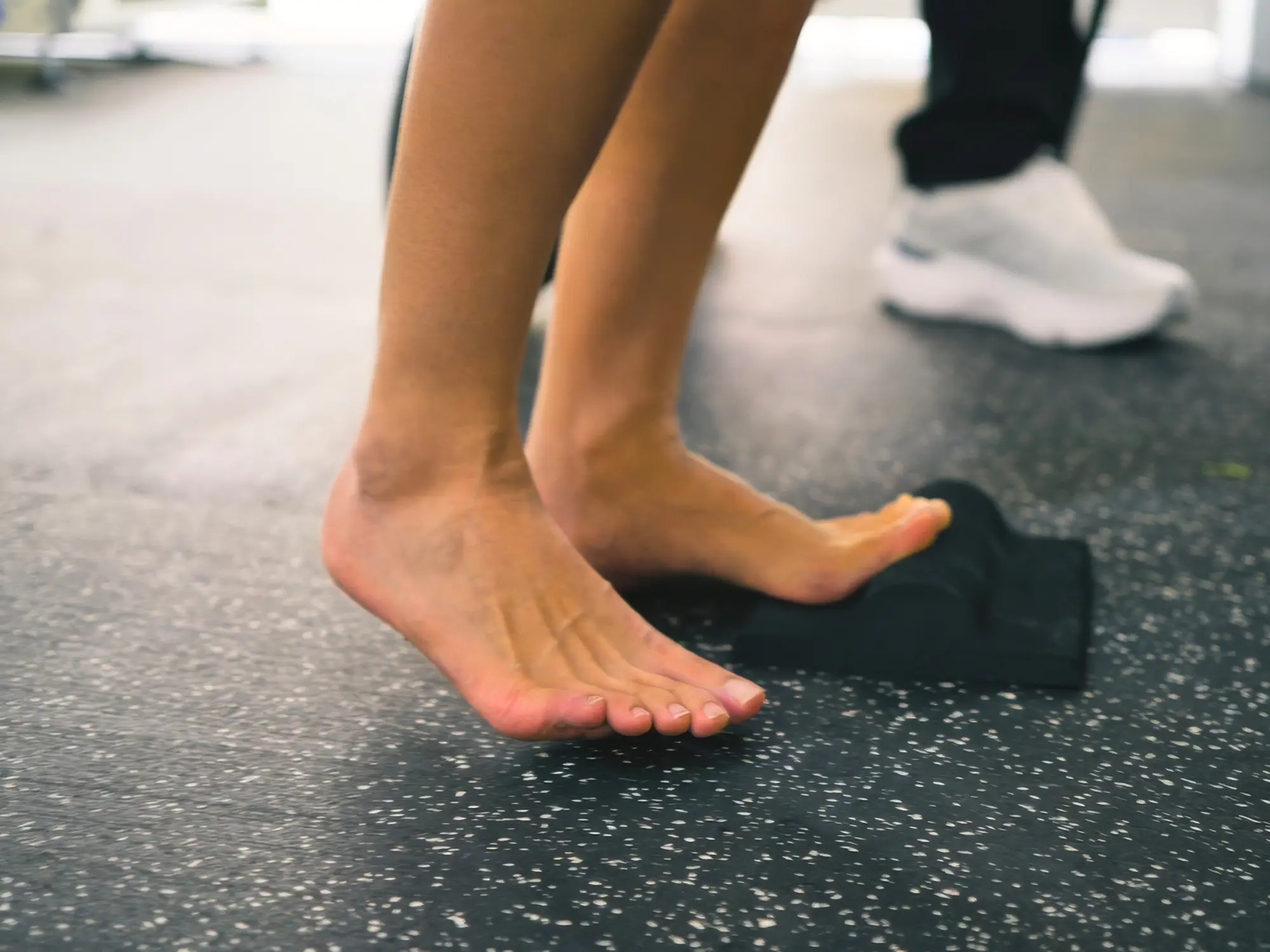
Step 2. Custom Management Plans
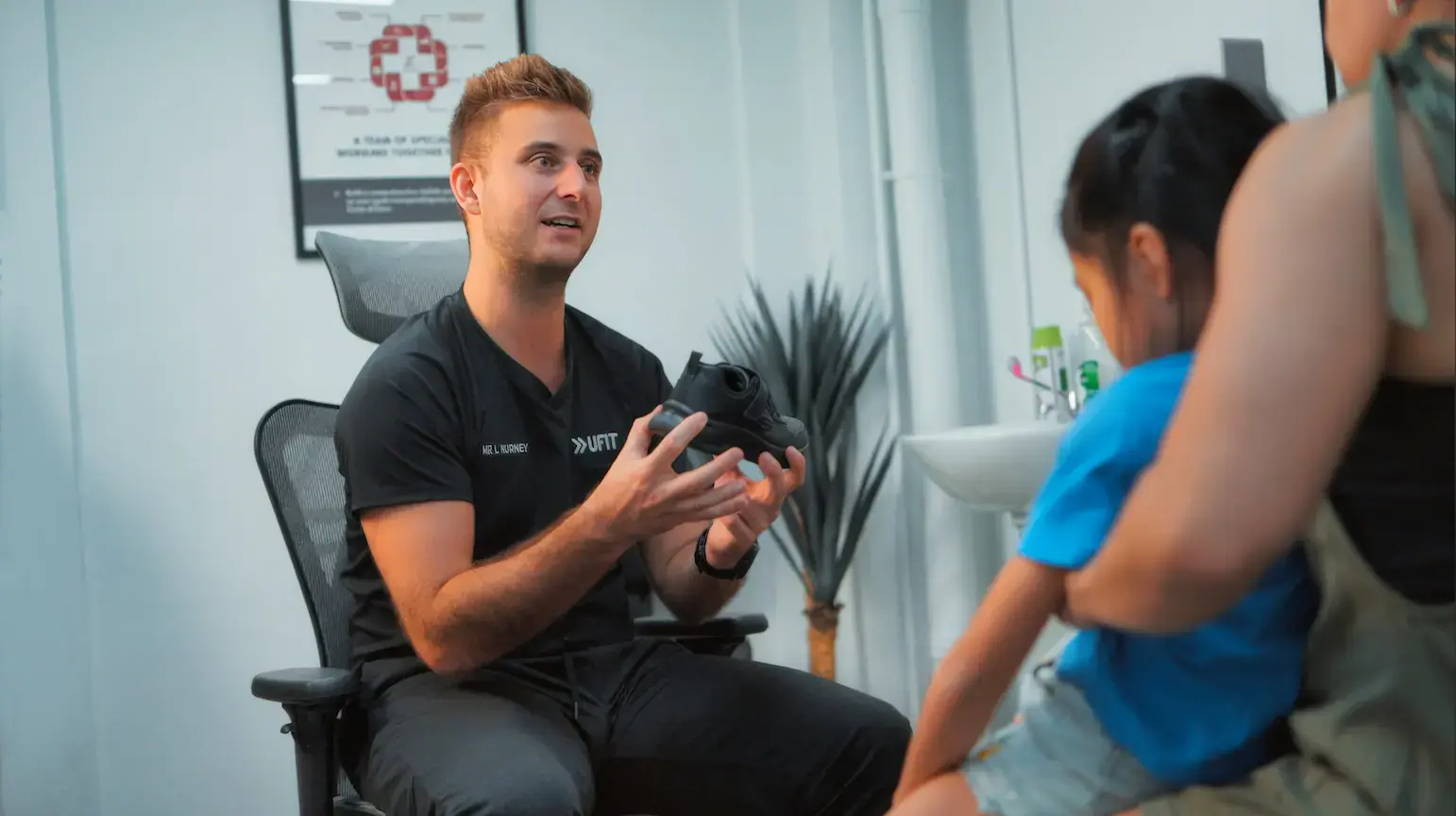
Step 3. Family-Centered Care
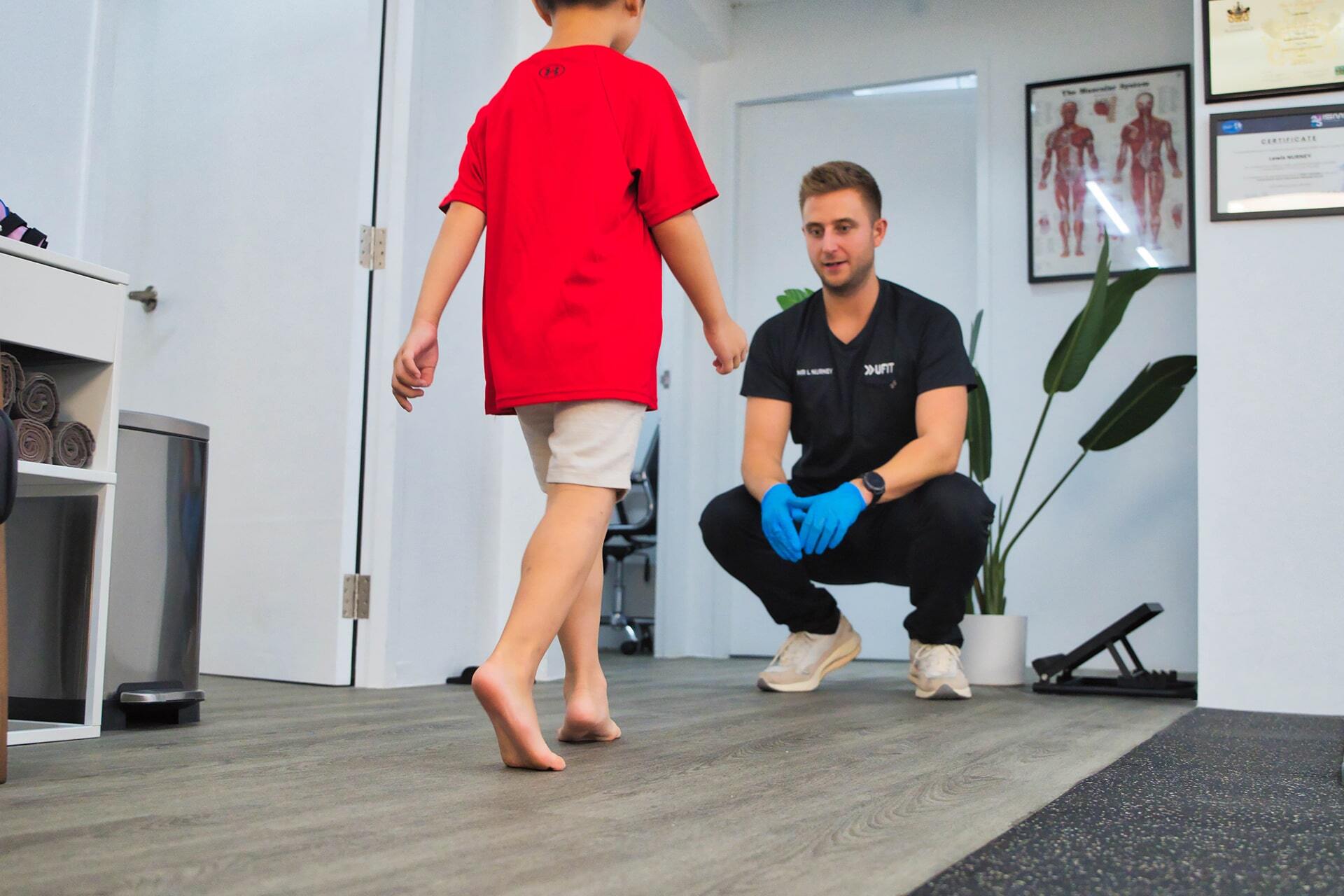
Step 4. Regular Monitoring
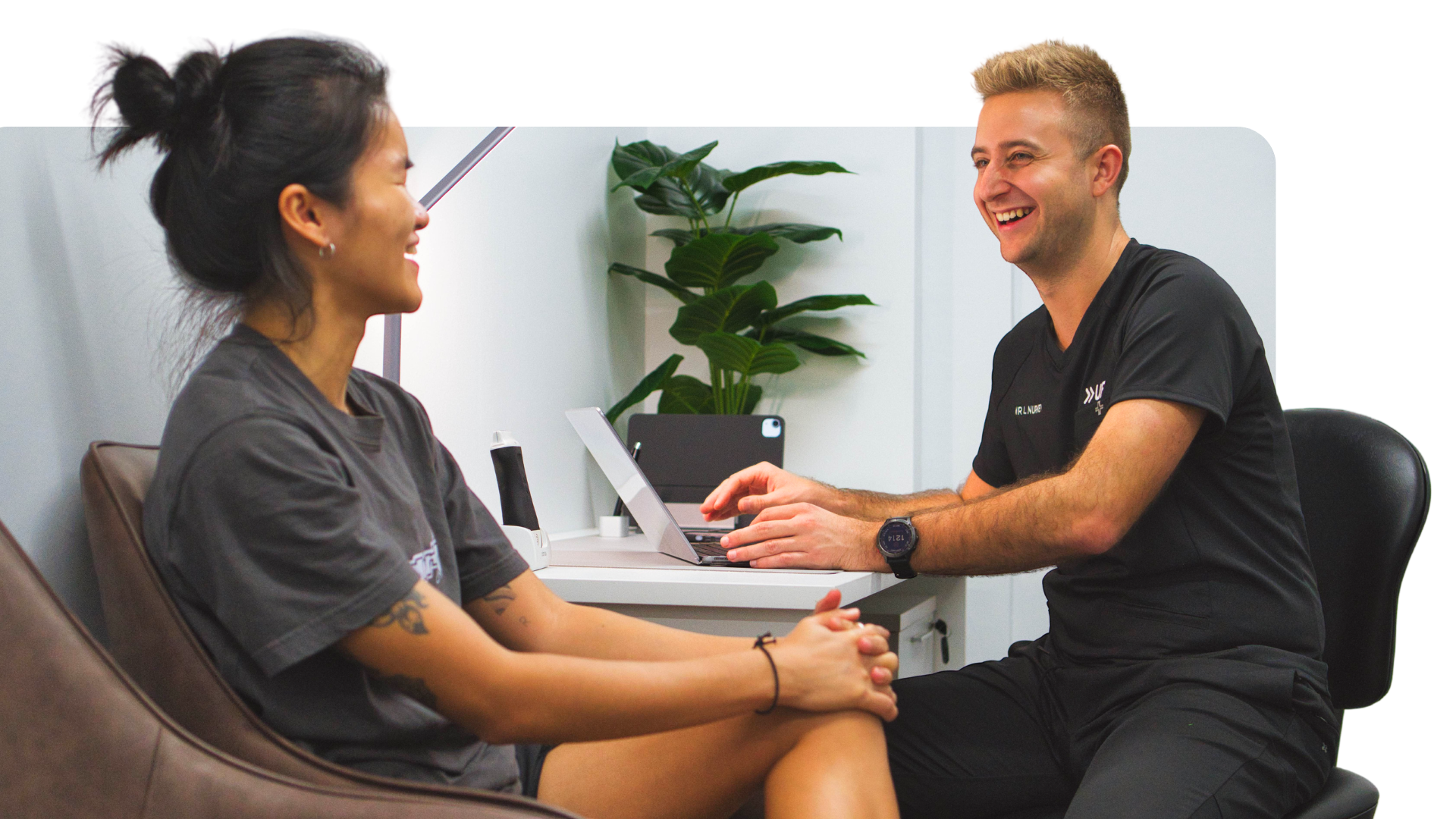
Book online & get $20 off your first consultation
- Personalised, evidence-based care
- Premium, central clinic in the CBD
- Experienced podiatary team
*Terms & Conditions:
- Valid for first time patients who have made prepayment at least 24 hours before the appointment
- Non-cancellable and non-transferable
- Applicable only for initial consultation & can't be used in conjuction with any other offers or promos
Our Approach to Children's Toe Walking
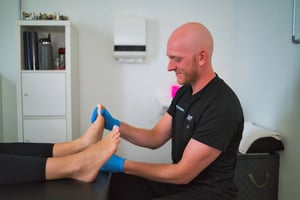
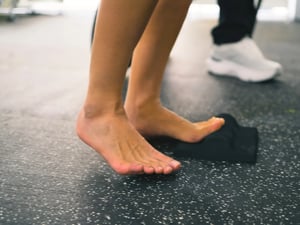

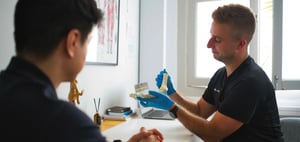
ALL INDIVIDUALS
ALL INDIVIDUALS
We offer personalized, evidence-based lower limb care for athletes, active individuals, and parents seeking specialized treatment for their children.
We go beyond addressing your injury or pain. Through our Circle of Care, you can access our team of experts with a vast range of specialised experience and knowledge.
What to expect on your first visit
We use cutting-edge diagnostic tools to get real-time insights into your soft tissue, joints and structures to provide a fast and accurate diagnosis.
Post-assessment, you will receive clear and comprehensive reports detailing our findings. This will allow you to make informed decisions on your treatment plan.
Together with you, we formulate a comprehensive and personalised treatment plan that suit your goals and preferences.
Why Choose UFIT’s Podiatry Services?
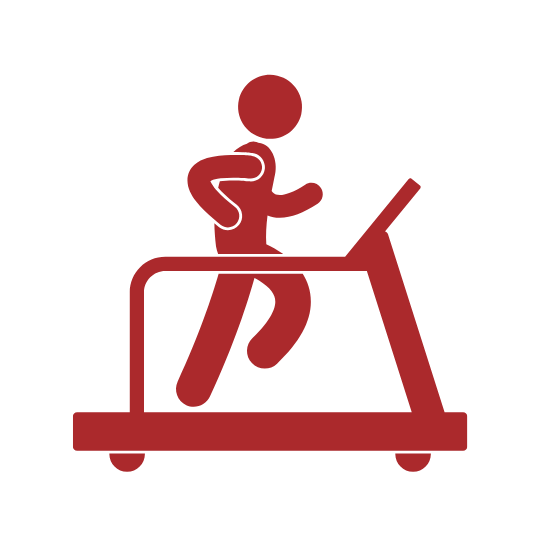
Advanced Technology
As a leading podiatry clinic in Singapore, we stand out by offering advanced gait analysis and in-house 3D-printed insoles, all accompanied by a comprehensive report to provide unparalleled insights into your lower limb biomechanics.
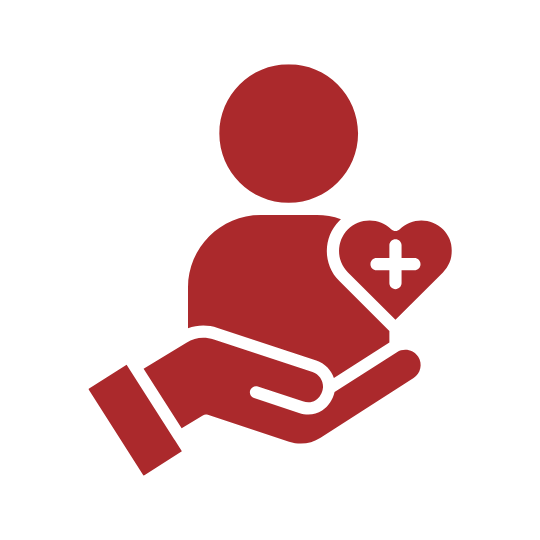
Elite Care for Every Individual
Our podiatry services offer personalised, evidence-based care for a wide range of individuals, including athletes, adults and children. So if you’re experiencing lower limb pain, our expert team can provide comprehensive support to get you back to doing the things you love.

Team of Experts with Optimal Results
We offer more than just solutions for your injury or pain. Through UFIT's integrated Circle of Care, you gain access to our team of expert podiatrists and other healthcare professionals, bringing together a vast range of experience and knowledge to achieve optimal outcomes for your foot and lower limb health.
Hear from our Clients
⭐⭐⭐⭐⭐
“I recently had an appointment with podiatrist Lewis Nurney at UFIT, and it was a wonderful experience. I’ve been dealing with a long-standing issue, but with Lewis’s expertise, kindness, and patience in listening to my concerns, I’ve finally been able to solve the problem and feel so much better.
The clinic is modern with high-tech equipment, and Lewis explained everything clearly, making me feel confident in the treatment plan. Now I’m feeling ready and prepared for the 10K Standard Chartered Marathon! If you’re looking for expert podiatry care, I highly recommend Lewis and the team at UFIT!”
⭐⭐⭐⭐⭐
“Came back to UFIT today after a year since my last consultation with Lewis Nurney. I was very relieved to know that my Achilles issues can be fixed with Lewis’s great advice. He would show me how to perform rehab exercises that will be able to help me throughout my recovery. I highly recommend UFIT podiatry to anyone in need of advice or help.”
⭐⭐⭐⭐⭐
“I had the pleasure of visiting Dr. Lewis through a recommendation and it turned out to be an excellent one, particularly after experiencing so many already. The thoroughness of his examination and help at each step of the process is beyond impressive. He took the time to listen to all my concerns and thoroughly explained my diagnosis and treatment options.
He made sure that I was well-informed and comfortable with the decisions being made without any pushing. I would highly recommend him for anyone in need of a skilled and caring podiatrist.”
Meet Our Podiatry Team

Lewis Nurney
Lewis is a highly experienced podiatrist with over 5 years of practice in Singapore, bringing his expertise to UFIT's comprehensive Circle of Care. As Head of Podiatry at UFIT Club Street, he specialises in sports podiatry, innovative orthotics for adults and children (including 3D-printed custom insoles, Paediatric AFOs and SMOs for pediatric flat feet), and minimally invasive procedures.
A first-class honours graduate from the University of Huddersfield (UK), Lewis holds dual certifications in Extracorporeal Shockwave Therapy (ESWT), Diagnostic Ultrasound and Running Gait analysis. Previously with East Coast Podiatry, he now provides patient-centred care at UFIT, specialising in non-surgical management of conditions like Foot Pain, Plantar Fasciitis and Achilles Tendinopathy in both children and adults, ultimately focused on alleviating discomfort and restoring optimal foot function.

Elliot Yeldham
Elliott is a dedicated podiatrist with over 7 years of healthcare experience, gained in both the UK's National Health Service (NHS) and private practice. He holds an Honours degree in Podiatry from Cardiff Metropolitan University (Wales), and brings a wealth of expertise to Singapore.
Specialising in Musculoskeletal (MSK) podiatry, Elliott's interests include sport podiatry and the management of gait abnormalities in both adults and children. He is also recognised for his skill and patient-focused approach in minimally invasive procedures for ingrown toenails and wart removal. Committed to a patient-centred and multidisciplinary model, Elliott actively stays informed of the latest healthcare advancements through clinical research and international conferences.
Book Your Child’s Toe Walking Consultation Now
Visit Our Podiatry Clinic
21 Club St, #01-01
Singapore 069410
+65 6225 5059
podiatry@ufit.com.sg
View on Google Maps



Frequently Asked Questions about Tip Toe Walking
While occasional toe walking is common in toddlers, most children naturally adopt a heel-to-toe gait by the age of three. If your child continues to consistently toe walk beyond this age, it's advisable to seek a professional evaluation by a podiatry specialist.
Yes, there is a significant difference.
Developmental toe walking is a temporary phase that typically resolves on its own by age three and has no underlying medical cause. Pathological toe walking, on the other hand, persists beyond this age or is linked to an identifiable medical condition such as muscle tightness, neurological issues, or sensory processing differences.
Effective therapies for tip toe walking often involve a multi-faceted approach. This can include targeted stretching and strengthening exercises, gait retraining, custom orthotics in Singapore to encourage heel-down walking, and sometimes serial casting to gently stretch tightened tendons. The specific therapy depends on the underlying cause.
Podiatry Blog
Check out the podiatry articles on our blog, written by our very own experts!

.png?width=301&height=187&name=Website%20Navigation%20Images%20(3).png)

-1.jpg?width=1984&height=1196&name=UFIT%20Club%20Street%20Front%20(4)-1.jpg)


